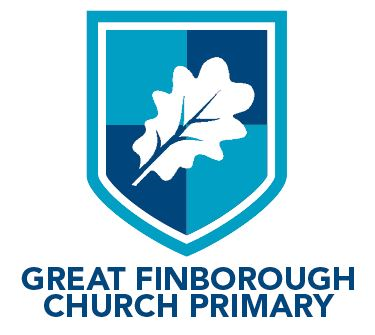Year 2 (SATS)
Throughout their time in Key Stage 1 the children are assessed (often without even knowing they are being assessed) and this helps class teachers to form, supported by evidence, a teacher assessment of a child’s progress and attainment.
At the end of Key Stage 1 (Year 2), the Government requires children to take SATs in Reading and Maths. The results of these tests form part of the evidence on which the teachers base their judgements at the end of the key stage.
Teachers also have to assess each child’s progress and attainment in Writing. We match their writing against national standards and exemplification files produced by the DfE. In addition, the Local Authority monitors a percentage of schools every year to ensure these teacher assessments are consistent and fair.
Once complete, we are required to submit the teacher assessment judgements to the Local Authority and the DfE. We inform parents and carers of the outcome of these assessments through the children’s annual reports.
It has been confirmed that the KS1 SATS will be made non-statutory from 2023. Until then children will continue to be assessed in May.
Reading Test
The Reading test for Year 2 pupils is made up of two separate papers:
- Paper 1 consists of a selection of texts totalling 400 to 700 words, with questions interspersed.
- Paper 2 comprises a reading booklet of a selection of passages totalling 800 to 1100 words. Children will write their answers in a separate booklet.
Each paper is worth 50 per cent of the marks, and should take around 30 minutes.
The texts in the Reading papers cover a range of fiction, non-fiction and poetry, and get progressively more difficult towards the end of the test. Teachers have the option to stop the test at any point that they feel is appropriate for a particular child.
There are a variety of question types:
- Multiple choice
- Ranking/ordering, e.g. ‘Number the events below to show in which order they happened in the story’
- Matching, e.g. ‘Match the character to the job that they do in the story’
- Labelling, e.g. ‘Label the text to show the title’
- Find and copy, e.g. ‘Find and copy one word that shows what the weather was like in the story’
- Short answer, e.g. ‘What does the bear eat?’
- Open-ended answer, e.g. ‘Why did Lucy write the letter to her grandmother? Give two reasons’
The tests do not cover all aspects of the reading curriculum and we gather a range of further evidence to support the teacher assessment judgement, demonstrate how the child meets the requirements of the Teacher Assessment Framework and draw conclusions on the child’s overall ability in reading; this includes hearing the children read on a one to one basis with their class teacher while being recorded which helps the teacher to find out more about the child’s range, depth and understanding of reading. To achieve ‘greater depth’ in reading the child is, for example, required to be able to make links between different books they have read.
Maths Test
The Maths test for Year 2 pupils is made up of two papers:
- Paper 1: arithmetic, worth 25 marks and taking around 15 minutes.
- Paper 2: mathematical fluency, problem-solving and reasoning, worth 35 marks and taking 35 minutes, with a break if necessary. There are a variety of question types: multiple choice, matching, true/false, constrained (e.g. completing a chart or table; drawing a shape) and less constrained (e.g. where children have to show or explain their method).
We also gather and collate further evidence to support the teacher assessment judgement, to demonstrate how the child meets the requirements of the Teacher Assessment Framework and to determine the child’s overall ability in Maths. As with Reading, the tests do not assess the whole of the curriculum and further evidence is needed particularly for the higher-level maths skills needed to achieve the ‘greater depth’ standard.
Writing Assessment
A wide range of evidence from a child’s written work across the curriculum is used to formulate the teacher assessment judgement for writing. Independent work from everyday learning may be used along with the termly assessed writing tasks that are part of our own school assessment system.
We match Writing against the Teacher Assessment Frameworks and exemplification files produced by the DfE to form the teacher assessment judgement.
The three levels that can be awarded for Writing are: ‘Working towards the expected standard’, ‘Working at the expected standard’ and ‘Working at greater depth’. The requirements for each level are set out in the Teacher Assessment Framework and a child must meet all the required statements for a level to be awarded that assessment.
